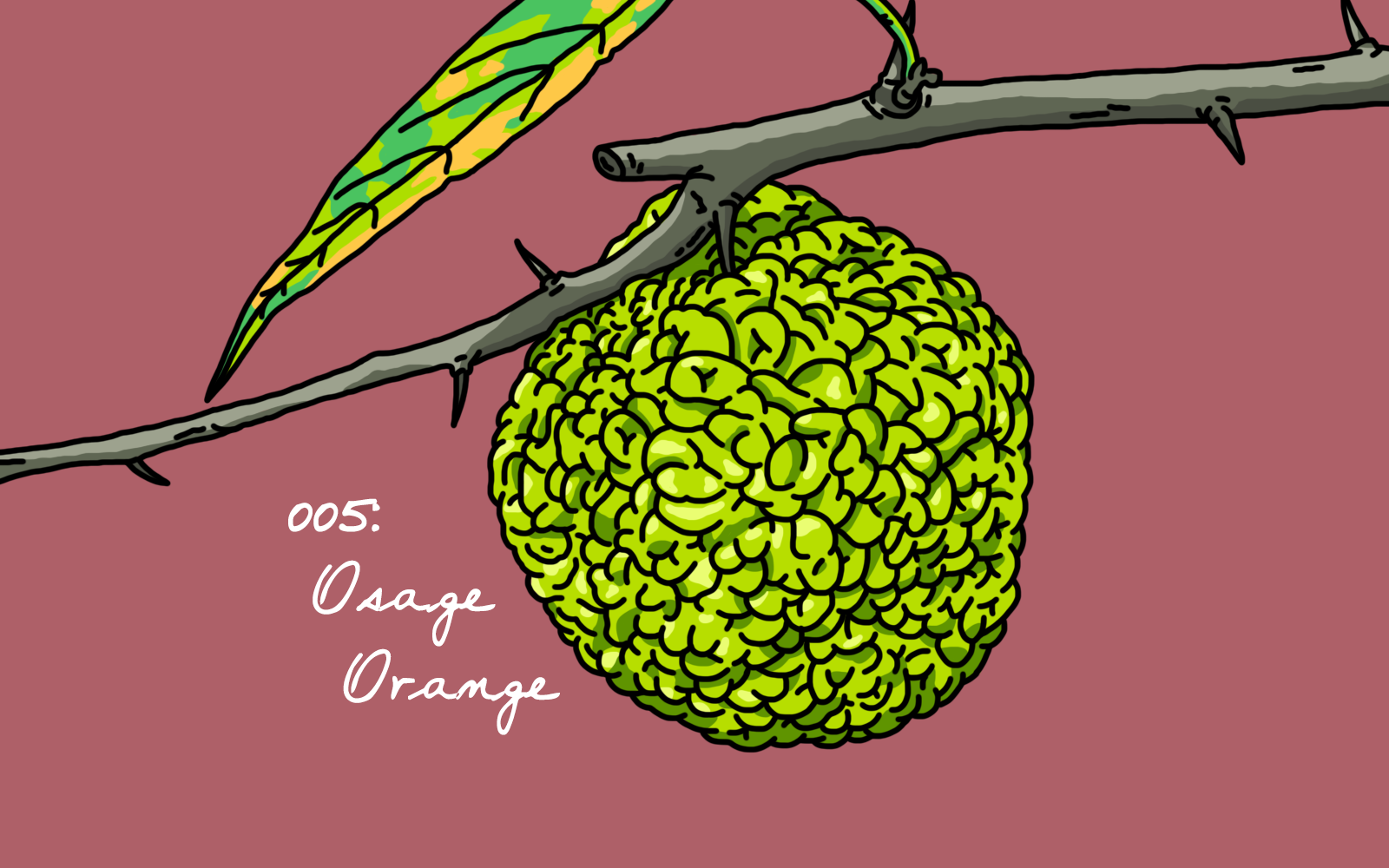- Buffalo gourd, related to squash, are so bitter that cattle or donkeys will rarely eat them (and only, only, out of dire necessity). These fruits, in the wilds of the American southwest, rot and die off next to the plant, a cycle of decay.
- Pronghorns—whose closest relatives are giraffes and okapis—bound around the high plains of North America at over 60mph, dizzying speeds that make no sense now. There is no longer a living predator that can keep up, can even come close, though there used to be: the American cheetah. When the big cat died off, the pronghorn held on to their sprinting, and now, now, their hurry is only for show, a useless spend of energy.
- Helictopleurus giganteus, the largest, rarest dung beetle found in Madagascar, is entirely dependent on human feces. But: these insects used to rely entirely on the giant lemur, now extinct. Humans only arrived in Madagascar 2,000 years ago; and dogged as these beetles are, holding out long as they can, without us, they too would vanish from the earth, just be gone.

 Artwork by: Robert James Russell
Artwork by: Robert James Russell